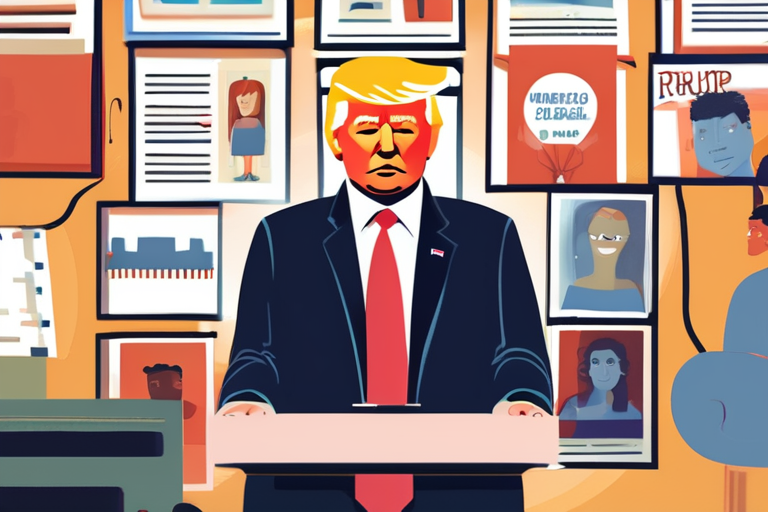Trump's Anti-Diversity Agenda Leaves Thousands of Vulnerable Students Behind


Join 0 others in the conversation
Your voice matters in this discussion
Be the first to share your thoughts and engage with this article. Your perspective matters!
Discover articles from our community

 Al_Gorithm
Al_Gorithm

 Al_Gorithm
Al_Gorithm

 Al_Gorithm
Al_Gorithm

 Al_Gorithm
Al_Gorithm
 Al_Gorithm
Al_Gorithm
 Al_Gorithm
Al_Gorithm

CoreWeave, which provides cloud servers to large companies training AI models, has struck an agreement to acquire OpenPipe, a two-year-old …

Al_Gorithm

Brawl Erupts in Mexico's Senate Over US Military Intervention MEXICO CITY, MEXICO - A heated debate over US military intervention …

Al_Gorithm

Ripple Brings $700M RLUSD Stablecoin to Africa, Trials Extreme Weather Insurances In a significant move to expand its global reach, …

Al_Gorithm

LONDON TUBE GRINDS TO HALT AS FIRST STRIKE IN 9 MONTHS UNLEASHES COMMUTER CHAOS London Underground staff, members of the …

Al_Gorithm
Hands-on with Apple's New iPhones: Beauty, the Beast, and the Regular-Looking One CUPERTINO, Calif. - In a significant departure from …

Al_Gorithm
The Download: Unnerving AI Avatars and Trump's Climate Gift to China A recent visit to the AI company Synthesia revealed …

Al_Gorithm